China Landed on the moon and snapped the best-ever images of the lunar surface

By
Ancient Code
China is really serious when it comes to space. In fact, in the last couple of years, China has made a huge leap forward towards space exploration. Just check out these jaw-dropping images of the lunar surface, and you’ll see why.
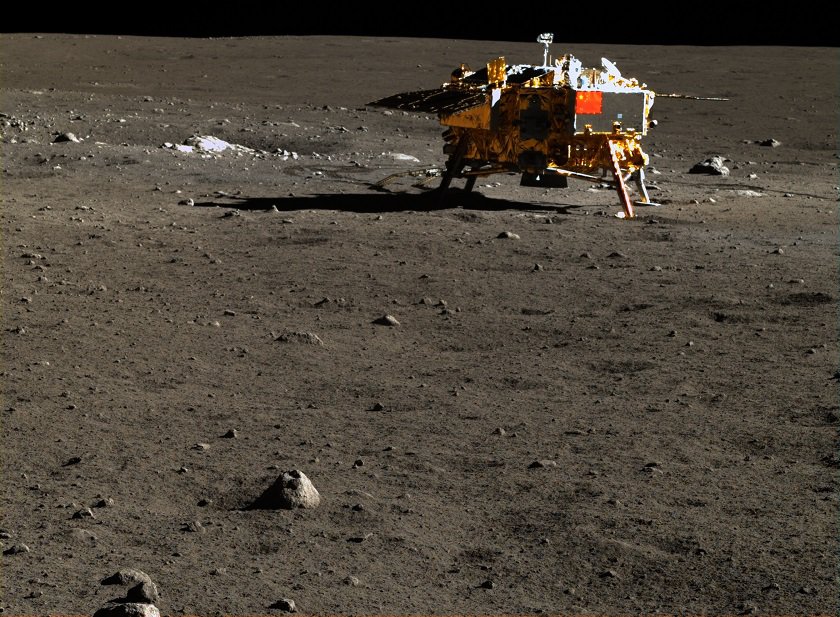
One of the best examples of China’s space program development is their Lunar Exploration Program—also known as the Chang’e program— an ongoing series of robotic Moon missions by the China National Space Administration (CNSA). The program incorporates lunar orbiters, landers, rovers and sample return spacecraft, launched using Long March rockets.
The Change’3 specifically was launched in December 2013 as part of the second phase of the Chinese Lunar Exploration Program.
According to reports, the Chinese Lunar Exploration Program has been categorized into three main operational phases:
Named after the Goddess of the Moon in Chinese Mythology, the spacecraft incorporated a rover dubbed Yutu which successfully made its way to the lunar surface snapping the most amazing images of the lunar surface you’ve ever seen.
Chang’e 3 arrived into lunar orbit on December 6, 2013, and landed 8 days later on December 14, 2013, making history as the first spacecraft to soft-land on the Moon since the Soviet Union‘s Luna 24 in 1976.
The images snapped by the Chinese lunar exploration vehicles are more than just beautiful. They are a set of never-before-seen images that show the lunar surface in great detail.
As noted by the GBTimes, China’s Chang’e-3 has demonstrated the techniques and capabilities for soft-landing and long-term operation on the Moon, extreme environmental adaptability with lunar nights and days seeing temperatures ranging from -180 to +100 degrees Celsius).
https://youtu.be/8gR-M14RNVw
China it seems went all in when it comes to space exploration. In fact, they are currently developing a 10-year strategy which encompasses both lunar and planetary exploration. China wants to send landers to the Moon’s poles and even potential human landings on the lunar surface.
Their next big step is the Chang’e-5 lunar sample return mission due to launch in 2017 and a never-before-seen landing on the far side of the moon in late 2018.
The far side of the Moon—commonly and erroneously called the ‘Dark side of the Moon’—is not visible from Earth because of gravitational locking. The far side of the moon had never been observed until the Soviet Luna 3 probe sent the first images ever in 1959.
The Chang’e-5 mission will be the first lunar sample return in over 40 years, since Luna 24 by the USSR in 1976, and will make China only the third country to return samples from the lunar surface.
Here be bring you some of the most fascinating, breathtaking, stunning, incredible, awesome images snapped by the Chang’e-3 mission.
Enjoy and thank Emily Lakdawalla of The Planetary Society.
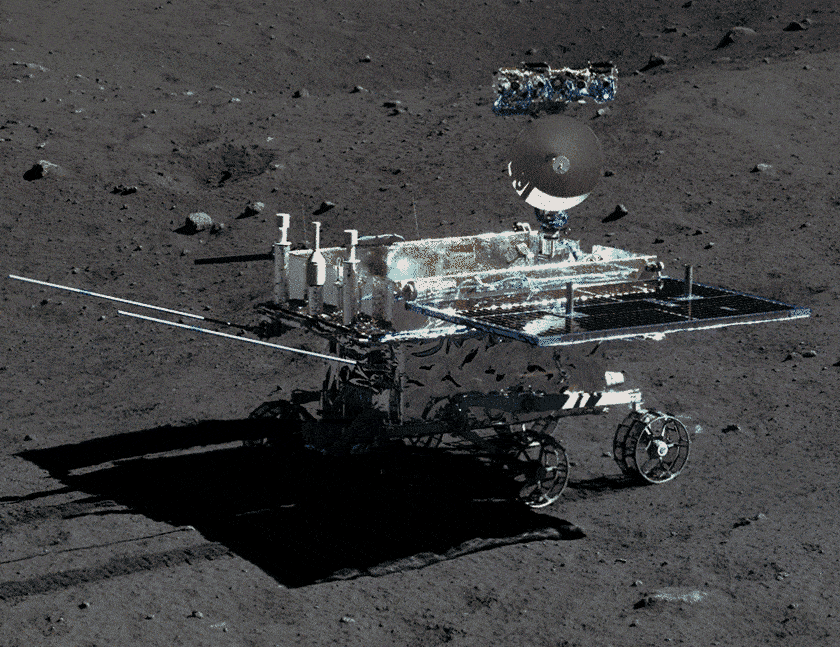
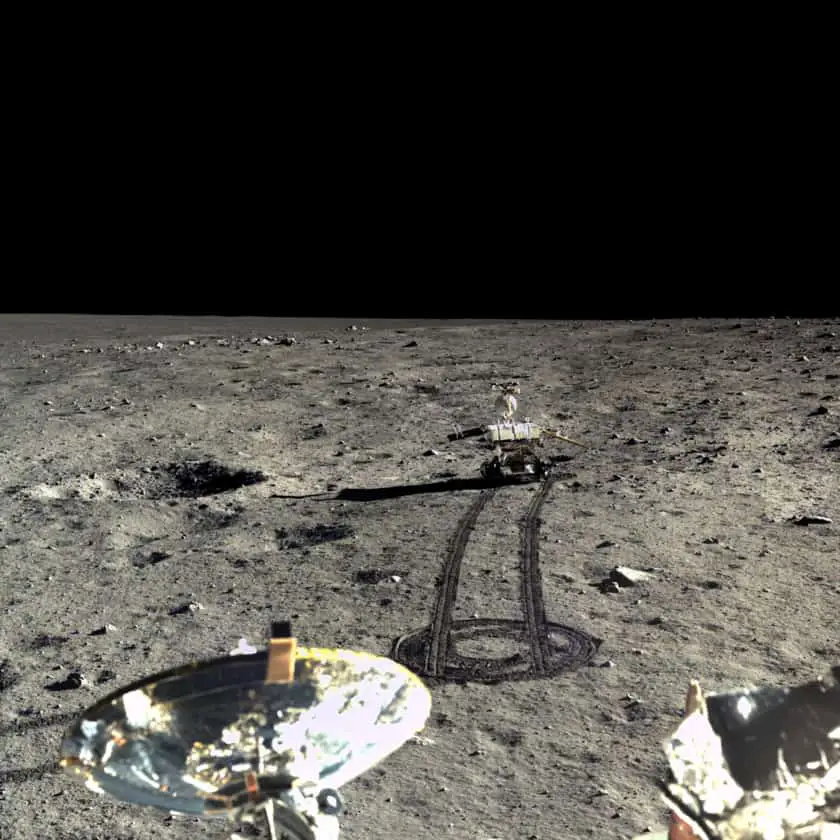
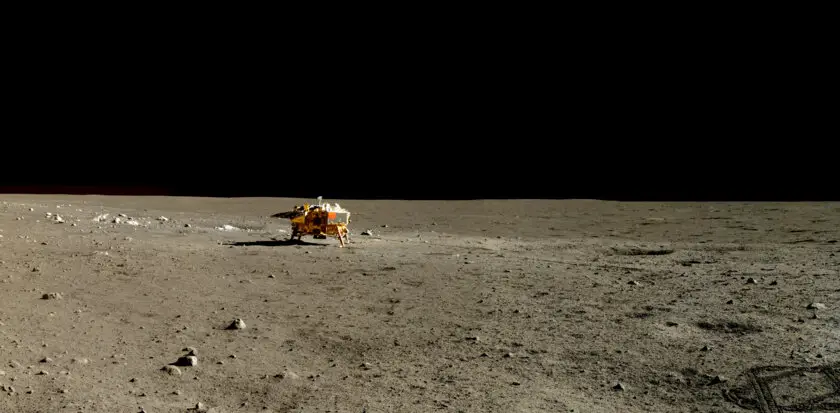
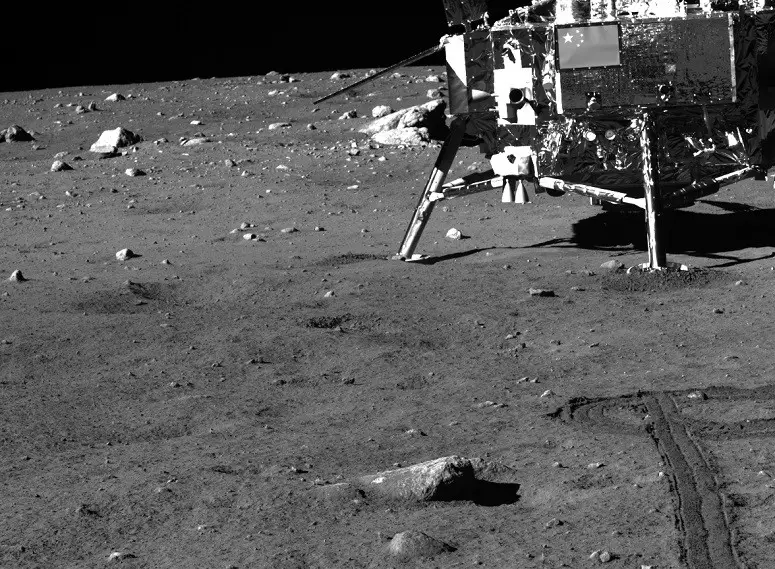
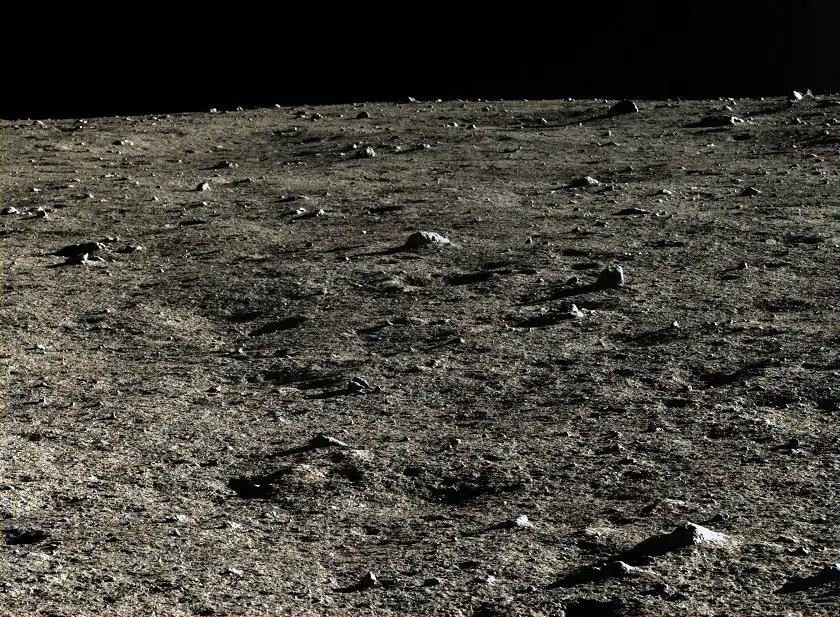
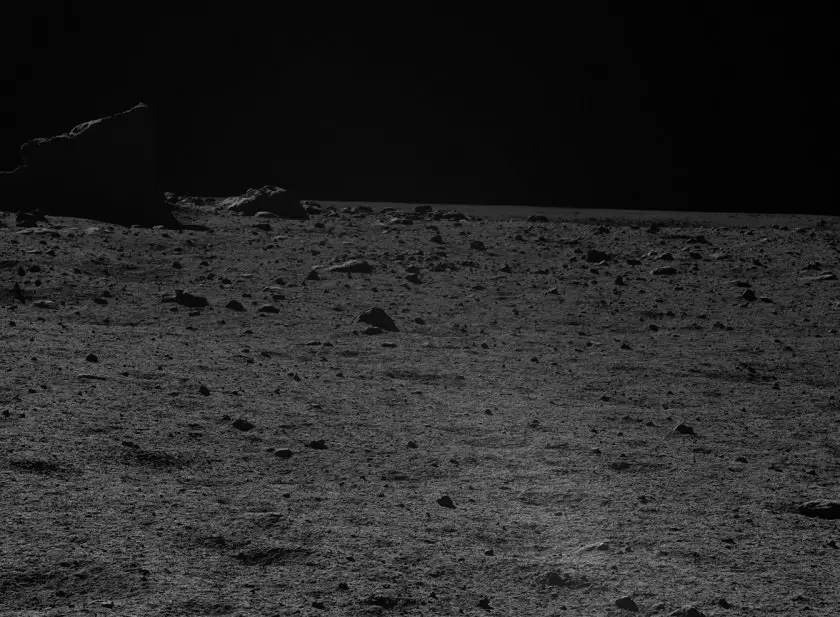
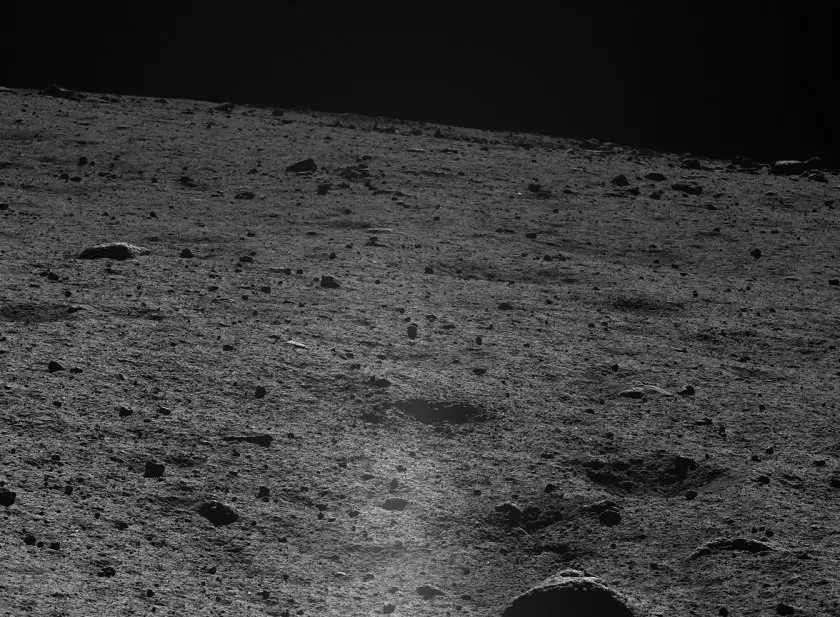
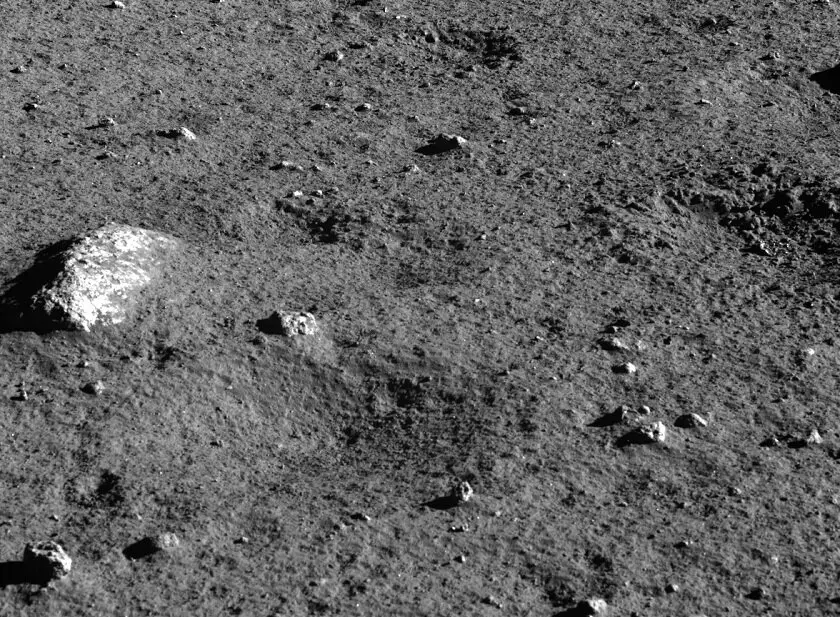
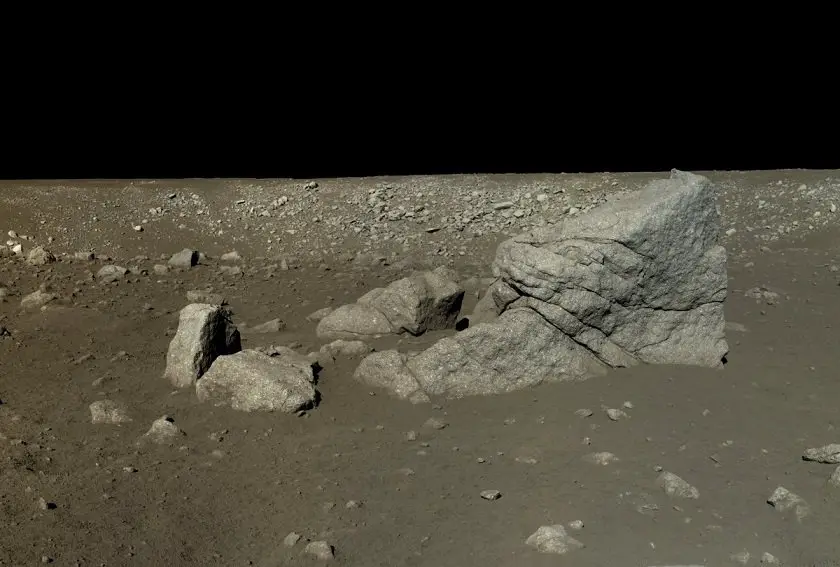
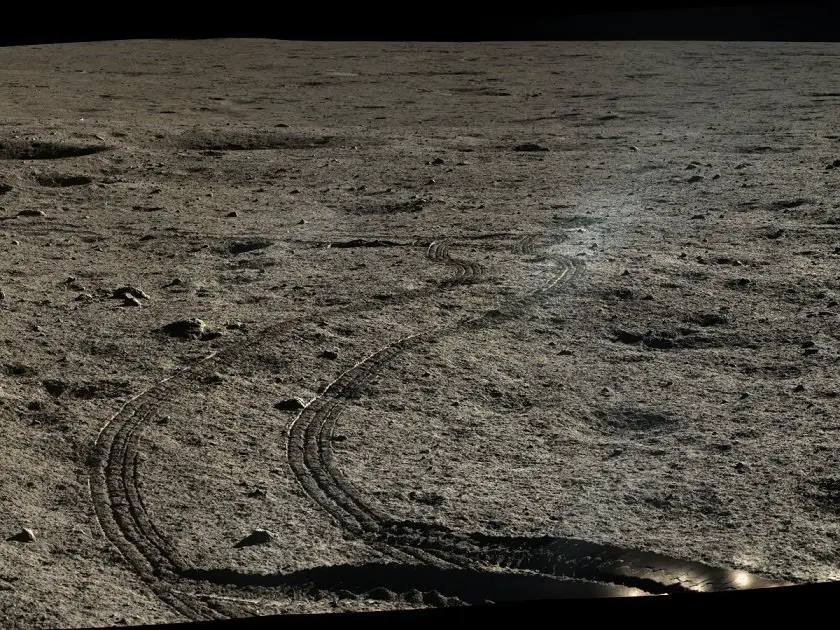
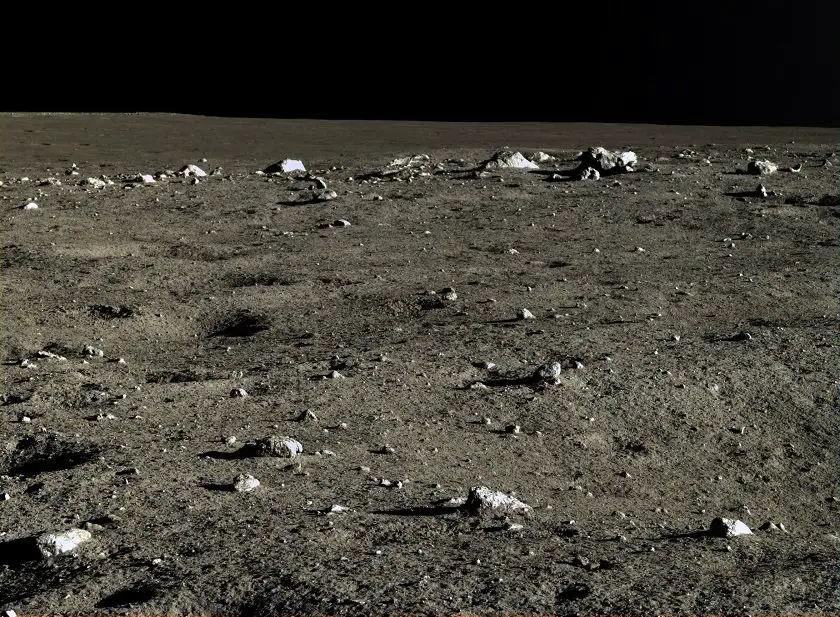

Image Credit: Chinese Academy of Sciences / China National Space Administration / The Science and Application Center for Moon and Deepspace Exploration
Thanks to: https://www.ancient-code.com
By
Ancient Code
China is really serious when it comes to space. In fact, in the last couple of years, China has made a huge leap forward towards space exploration. Just check out these jaw-dropping images of the lunar surface, and you’ll see why.

One of the best examples of China’s space program development is their Lunar Exploration Program—also known as the Chang’e program— an ongoing series of robotic Moon missions by the China National Space Administration (CNSA). The program incorporates lunar orbiters, landers, rovers and sample return spacecraft, launched using Long March rockets.
The Change’3 specifically was launched in December 2013 as part of the second phase of the Chinese Lunar Exploration Program.
According to reports, the Chinese Lunar Exploration Program has been categorized into three main operational phases:
- Orbiting (Chang’e 1and Chang’e 2)
- Landing (Chang’e 3 and Chang’e 4)
- Sample return (Chang’e 5and Chang’e 6)
Named after the Goddess of the Moon in Chinese Mythology, the spacecraft incorporated a rover dubbed Yutu which successfully made its way to the lunar surface snapping the most amazing images of the lunar surface you’ve ever seen.
Chang’e 3 arrived into lunar orbit on December 6, 2013, and landed 8 days later on December 14, 2013, making history as the first spacecraft to soft-land on the Moon since the Soviet Union‘s Luna 24 in 1976.
The images snapped by the Chinese lunar exploration vehicles are more than just beautiful. They are a set of never-before-seen images that show the lunar surface in great detail.
As noted by the GBTimes, China’s Chang’e-3 has demonstrated the techniques and capabilities for soft-landing and long-term operation on the Moon, extreme environmental adaptability with lunar nights and days seeing temperatures ranging from -180 to +100 degrees Celsius).
China has great plans for the moon it seems
https://youtu.be/8gR-M14RNVw
China it seems went all in when it comes to space exploration. In fact, they are currently developing a 10-year strategy which encompasses both lunar and planetary exploration. China wants to send landers to the Moon’s poles and even potential human landings on the lunar surface.
Their next big step is the Chang’e-5 lunar sample return mission due to launch in 2017 and a never-before-seen landing on the far side of the moon in late 2018.
The far side of the Moon—commonly and erroneously called the ‘Dark side of the Moon’—is not visible from Earth because of gravitational locking. The far side of the moon had never been observed until the Soviet Luna 3 probe sent the first images ever in 1959.
The Chang’e-5 mission will be the first lunar sample return in over 40 years, since Luna 24 by the USSR in 1976, and will make China only the third country to return samples from the lunar surface.
Here be bring you some of the most fascinating, breathtaking, stunning, incredible, awesome images snapped by the Chang’e-3 mission.
Enjoy and thank Emily Lakdawalla of The Planetary Society.












Image Credit: Chinese Academy of Sciences / China National Space Administration / The Science and Application Center for Moon and Deepspace Exploration
Thanks to: https://www.ancient-code.com






 Sat Mar 23, 2024 11:33 pm by globalturbo
Sat Mar 23, 2024 11:33 pm by globalturbo

